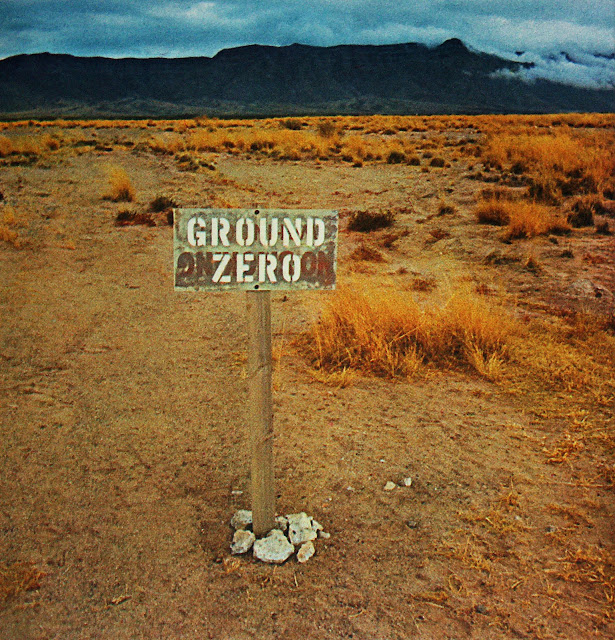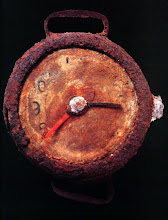"Life transforms itself into the ideology of reification - actually the mask of death."
Adorno, 1951
In an essay that caps a long critical engagement with Hirst’s provocative art, Luke White argues that Hirst’s skull is an “art of the capitalist sublime: an art which presents capital as its unrepresentable object of desire.”
Adorno, 1951
In an essay that caps a long critical engagement with Hirst’s provocative art, Luke White argues that Hirst’s skull is an “art of the capitalist sublime: an art which presents capital as its unrepresentable object of desire.”
Hirst’s art, White acknowledges, “is, indeed, ‘capitalist art,’ produced within and entirely accommodated to capital: it is made for purchase by an elite class of global capitalists – advertising gurus such as Charles Saatchi and hedge-fund billionaires such as Steve Cohen, not to mention the oligarchs and tycoons from Russia and East Asia who have more recently risen as Hirst’s clients. Accommodated to their needs and interests, it provides a highly ideologized vision of the world. It is, furthermore, a work of the media ‘spectacle’ on which present-day capital relies, forming itself in response to the world of mass-cultural consumption of which art is increasingly a part.”
At its best, Hirst’s art captivates and speaks to us “through its staging (though not as such its critique) of the antagonisms of capital in highly condensed, multilayered images, embodied in sculptures with a haunting presence.”
It is our own ambivalence to these antagonisms, our own ambivalence to the capitalism that dominates us, White suggests, that constitutes our fascination with Hirst. The diamond skull, he concludes, “is haunted by the violence and exploitativeness of capital, at the same time as it embodies its ideological phantasies.”




No comments:
Post a Comment